Two years before the outbreak of the Second World War, Pierre Michelin passed away, leaving Citroën in control of Boulanger. During Germany’s occupation of France, Boulanger refused to meet with Ferdinand Porsche, who was making parts for the Wehrmacht. He also organized a “go-slow” on the production of trucks that he was coerced into producing for the German forces, and is said to have sabotaged many of them, putting the notch on the oil dipstick in the wrong place and so causing engine seizures. As a result, he was placed on the Nazi blacklist of “enemies of the Reich”, to be arrested on sight.
During and after the war, Citroën researchers continued their work. They developed a reputation as avante garde designers, pioneering aerodynamic body design and designing swivelling headlights, a hydropneumatic self-levelling suspension system, disc brakes and power steering, giving Citroën parts a name in being forward thinking and innovative.. Thanks to its spirit of innovation (encapsulated in the brand’s current slogan: “Créative Technologie”), Citroën gained a level of brand loyalty from its customers previously seen only for luxury brands like Ferrari and Porsche.


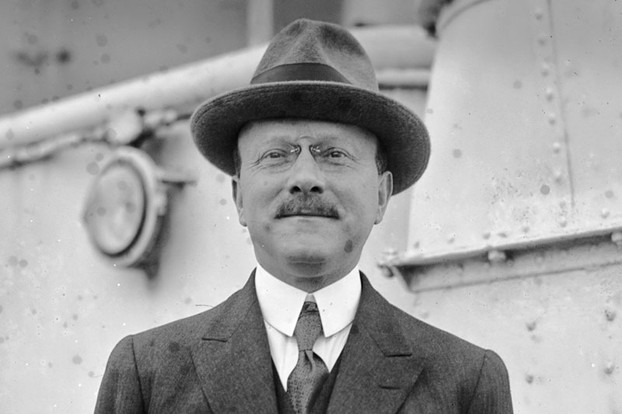
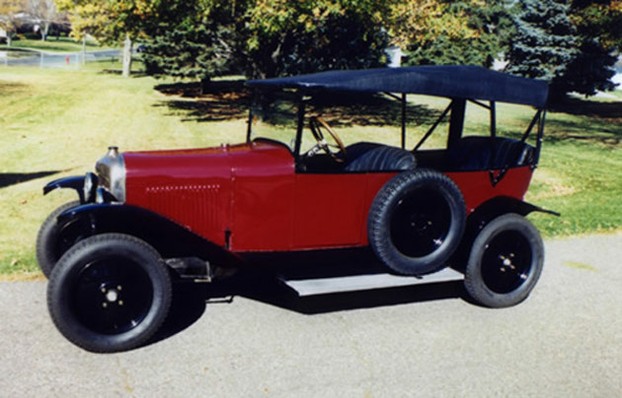
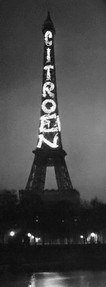 Citroën was a skilled marketer. He still holds the world record for the largest advertising sign, thanks to using the face of the Eiffel Tower to display his brand name.
Citroën was a skilled marketer. He still holds the world record for the largest advertising sign, thanks to using the face of the Eiffel Tower to display his brand name.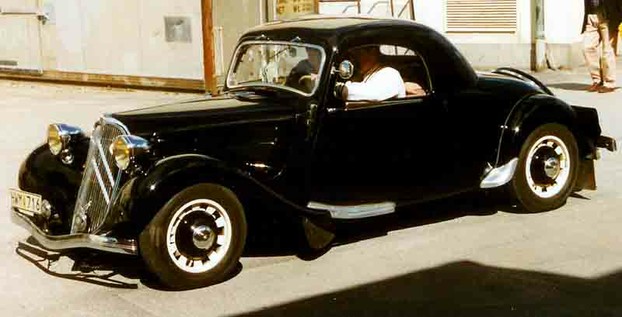
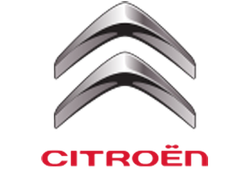

 Herbal Medicine in South Africaon 08/20/2014
Herbal Medicine in South Africaon 08/20/2014
 Use Smartphone Technology for Evidence Collectionon 07/03/2014
Use Smartphone Technology for Evidence Collectionon 07/03/2014
 Smart, Sneaky Solutions for Hiding Valuableson 06/13/2014
Smart, Sneaky Solutions for Hiding Valuableson 06/13/2014
 The many uses of Aluminiumon 06/12/2014
The many uses of Aluminiumon 06/12/2014
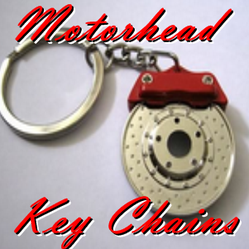
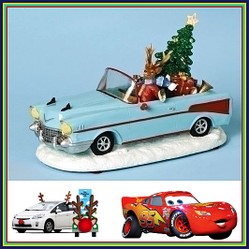
Comments